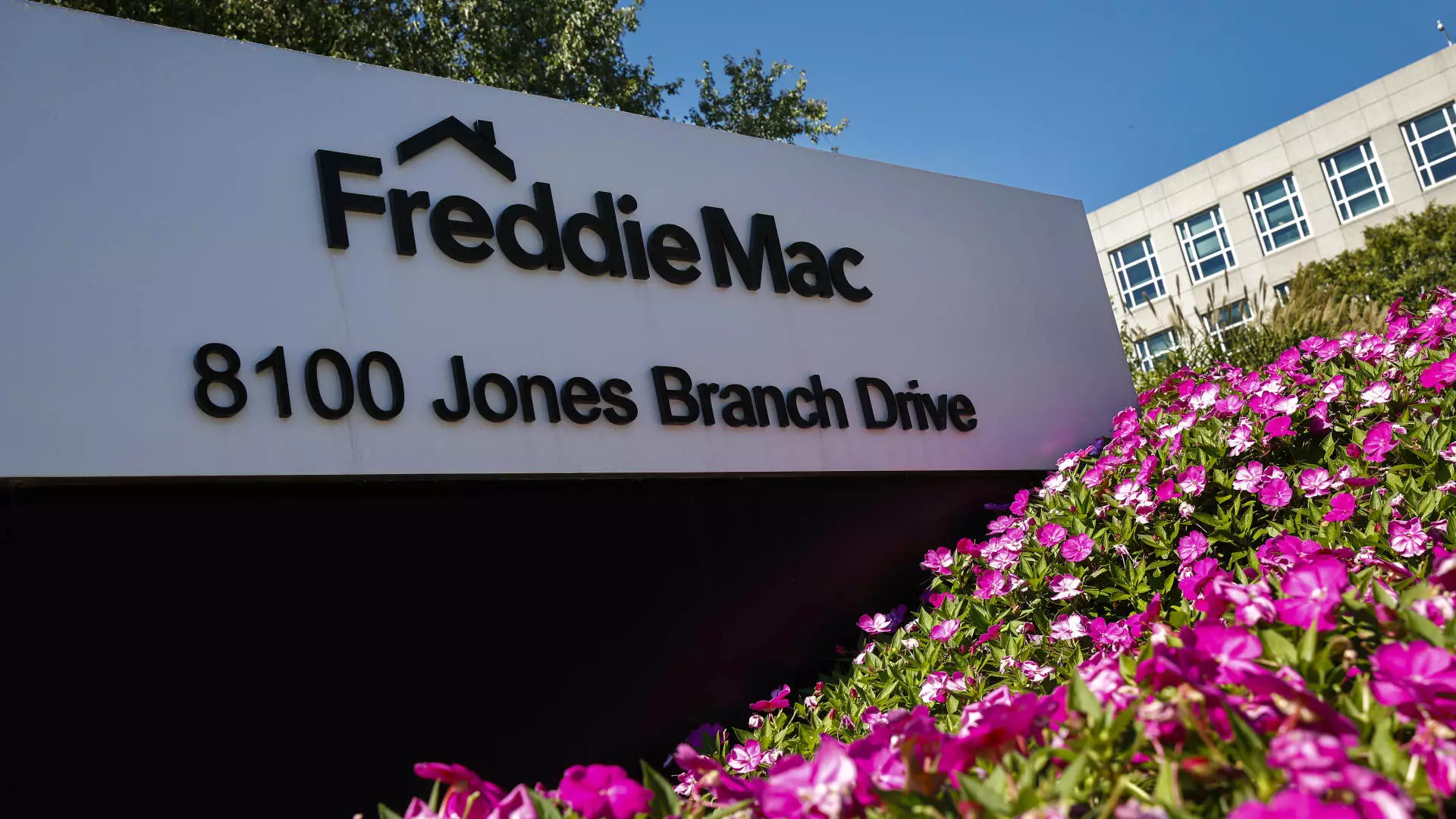A seismic change is currently unfolding within the U.S. housing finance landscape, igniting fervent debates among investors, analysts, and homeowners alike. The Federal Housing Finance Agency (FHFA), under the leadership of Director William J. Pulte, has boldly embraced cryptocurrencies as viable assets in the risk assessment processes of Fannie Mae and Freddie Mac. This pioneering directive marks not only a critical juncture for mortgage lending but may also redefine the very fabric of American finance. In a world still grappling with the aftermath of economic crises and ineffable market fluctuations, the acceptance of digital currencies strikes many as both audacious and invigorating.
The Vision of a Crypto-Centric Financial Future
At its core, this initiative radicalizes how we perceive wealth, moving away from traditional assets like stocks and bonds. Pulte has aligned this historic shift with what many proponents, including former President Trump, anticipate as America’s ambition to become the “crypto capital of the world.” This vision unveils a promising narrative: a chance for property ownership to extend beyond conventional means. The directive asserts that crypto can sit comfortably beside—if not intertwined with—cash, breaking free from archaic practices that have long disregarded it as volatile and uncertain.
Challenging Old Assumptions
Critically, the directive confronts long-held skepticism toward cryptocurrencies. Historically, mortgage frameworks have safeguarded against risk by focusing solely on tangible, liquid assets. With the federal government now endorsing digital currency assessments, we begin to see the shift toward more inclusive financial practices. This is not merely about survival in a rapidly evolving market; it’s about expanding possibilities for millions struggling in today’s real estate landscape. However, the caveat remains palpable: cryptocurrency is known for its capriciousness, raising questions about whether this innovation could transform into a double-edged sword.
The Regulatory Balancing Act
The agency’s newfound flexibility does come equipped with a series of restrictions aimed at maintaining a semblance of stability. Only crypto stored on regulated exchanges is to be considered, and those assets must be solidly backed to ensure authenticity and reduce underwriting risks. This critical move reflects an awareness of the potential pitfalls of incorporating such high-risk investments and illustrates a cautious yet progressive approach to financial integration. By requiring Fannie Mae and Freddie Mac to present a measured plan, the FHFA creates a buffer; one that allows innovation while simultaneously containing its inherent volatility.
Bridging Generations of Wealth
In an era where traditional wealth-building opportunities have narrowed for many, the entry of cryptocurrency into mortgage assessments could be the breath of fresh air the housing market desperately needs. Not only does it open new pathways for aspiring homeowners, but it also encourages younger generations to view assets through a diversified lens. As digital assets increasingly become staples in household portfolios, the future of home ownership may just rest on a bridge between the established and the avant-garde.
As this ambitious initiative unfolds, the implications for the American economy could be profound. Will this be the dawn of a new era where digital assets facilitate accessibility to home ownership, or will it reveal inherent weaknesses that challenge the very core of financial stability? Only time will tell, but one thing is certain: the landscape of housing finance is irrevocably altered.


Leave a Reply